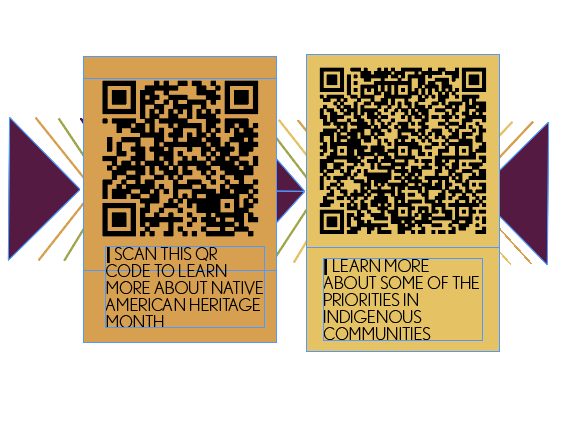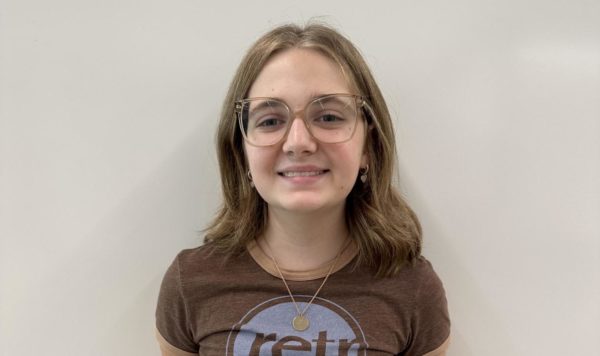Heritage months are chances to celebrate and uplift ethnic groups that have been historically and are currently marginalized; the month of November is designated as National American Indian Heritage Month.
It is an opportunity to recognize the contributions of American Indigenous peoples and time to reflect upon American history and the oppression of Indigenous peoples.
According to Native American Heritage Month’s website, what eventually became the Indigenous Heritage Month began as efforts to get a single day for recognition for the contributions made by the first Americans. This single day became a week under former president Ronald Reagan, and then-president George H. W. Bush approved a resolution for an official month in 1990.
At BVHS, World History teacher Catherine Whitten makes a priority to teach Indigenous history.
“In part because Mrs. Cowan and I teach the AP world, we’ve been able to incorporate a lot more perspectives. It gives us the opportunity to introduce students to the idea that vibrant cultures existed here in the Americas before Europeans showed up,” Whitten said. “I try to be very intentional in communicating that those groups didn’t disappear, that they’re still here. They continue to have an effect. They continue to do really cool and amazing things and still do to this day.”
Another way BVHS explores Indigenous history is with National History Honors Society (NHHS). NHHS acknowledges different heritage months through student-led celebrations and informational meetings. Through these heritage month events, NHHS is able to make a modern-day impact. The committee head of National American Indian Heritage Month is junior Coleman Strom.
“I wanted to have a more social role,” Strom said. “I did the Native Heritage Month, because I’m part Indian and Indians have always been interesting to me.”
The committee brainstorms and carries out the entire event.
“We have to make a presentation for our month and lead the [committee] in any activities we do related to that,” Strom said. “We’re going to make a bulletin board somewhere and we’ve got a few Tiger Time activities [planned].”
An important goal of teaching Indigenous history is to acknowledge how the historic oppression of Native Americans impacts the current status of these tribes. One such issue surrounds environmental concerns; protection of flora and fauna is a cultural value shared across all North American tribes.
“Environmental issues are obviously really big — a lot of fishing rights, hunting rights, and things that fall within treaties that have been negotiated are just consistently being violated, over and over again, “ Whitten said.
Tribes feel a responsibility for the next generations and protecting the environment now, is the only way to provide an hospitable environment in the future.
“There’s a cool concept in many tribes, of this seven generation long history, on either side of you,” Whitten said. “So you’re a product of seven generations, and you are responsible for the next seven generations.”
Another topic of concern for Native Americans regarding the current status of Indian tribes is the history of boarding schools.
“Right now there is a big conversation around Indigenous communities surrounding reconciliation and healing,” Whitten said. “You’ll see a lot about boarding schools. That’s the 19th century all the way up to the 1950s.”
Generational trauma from boarding schools still carries into the modern day.
“Some of these kids spent most of their childhoods at these boarding schools and then you put them back and expect them to know how to be a parent, how to function as a human being,” Whitten said. “We absolutely look at it as cultural and ethnic genocide — to beat the Indian out of the Indian, to make that civilization kind of disappear. That was its intention. And it did a lot to succeed.”




